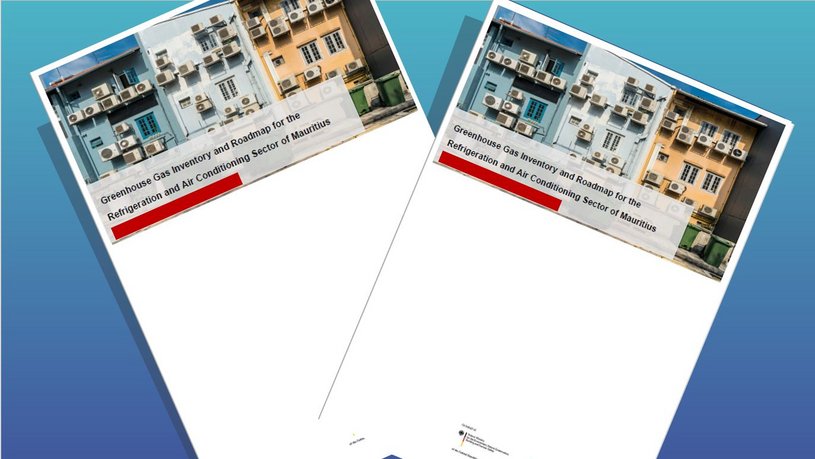The report summarizes the results of the inventory analysis and technology gap analysis for Mauritius. These results are taken up in the roadmap for the Mauritian RAC sector, presented in chapter 7 of this report.
This report for the refrigeration and air conditioning (RAC) sector in Mauritius has been established under the Green Cooling Africa Initiative (GCAI), financed by CTCN. The report has been compiled by Habitat, Energy Application & Technology (HEAT) GmbH, and by the Deutsche Gesellschaft für Internationale Zusammenarbeit (GIZ) GmbH. GIZ is acting as implementation agency under CTCN for the implementation of the Response Plan to be carried out in parallel in Mauritius and Namibia as a regional initiative.
RAC appliances are rapidly spreading across Africa. With an emerging middle class and an increasing population, the number of RAC appliances is estimated to more than double by 2030. This will contribute to increased energy needs in many African countries. To limit the energy consumption and resulting greenhouse gas (GHG) emissions, there is a need to establish and engage a network to help identify and sustainably form a broad range of low global warming potential (GWP) technologies for green cooling. The Green Cooling Africa Initiative (GCAI) will provide the basis for a potential network of African countries and institutions to fulfil the objectives of low energy consumption and GHG emissions beyond the project scope. The inventory serves as a basis for recommendations on suitable technologies and policies to transform the market. Additionally, further project proposals can ground their impact calculations on this inventory.
Over the recent years, Mauritius experienced very significant growth of its RAC appliance volume. Due to the population growing rapidly and the climate steadily becoming warmer, the demand for air conditioning expands. From 2006 to 2015, the sales of RAC appliances grew by more than 34%, as shown in Figure 1. Unitary AC appliances could be identified as one of the key drivers for the growth.

